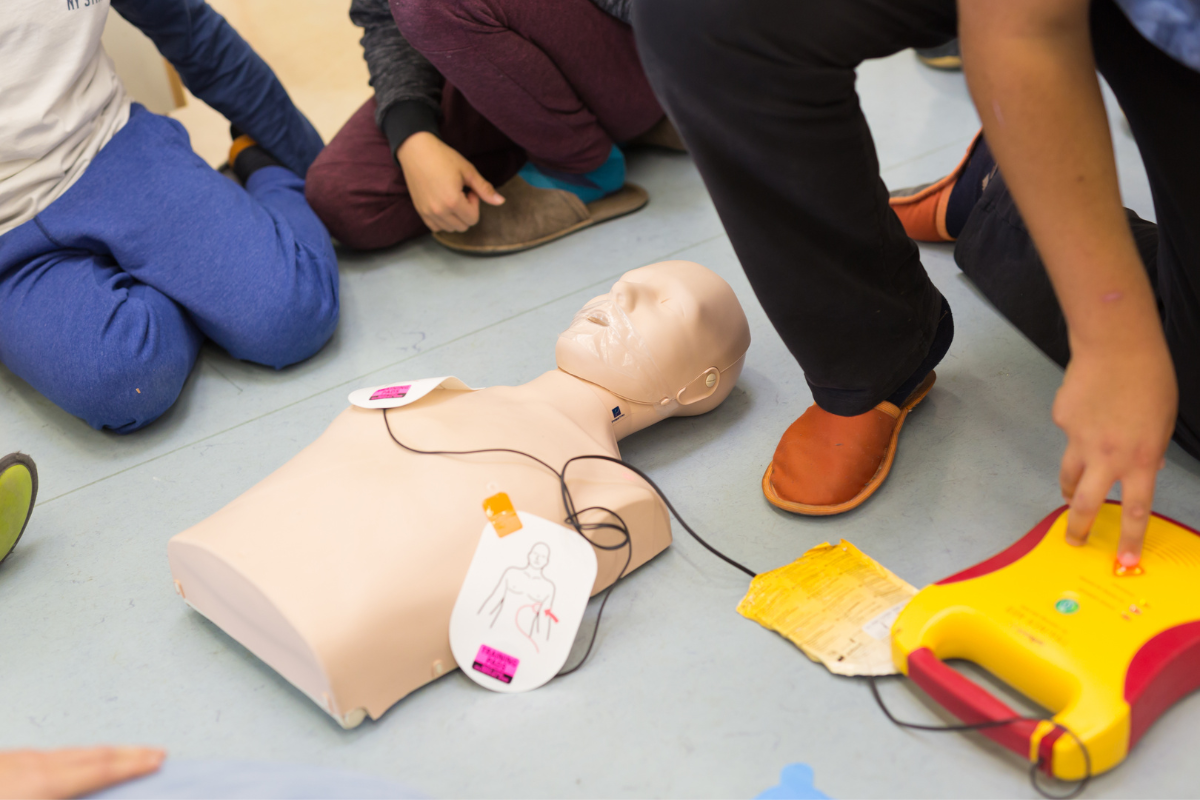Uncovering Use Errors via a Known Use
Problem Summary (KUPS)

What is a Known Use Problem Summary and When Is It Needed?
A Known Use Problem Summary (KUPS), also referred to as a Known Use Error Summary (KUES), is a summary of known use problems associated with medical devices on the market that can be used as an input to the product’s Use-Related Risk Analysis (URRA) and can lead to the identification of design mitigations that may be helpful to implement. The goal of a KUPS is to identify known use problems associated with similar devices, predicate devices, or previous models of the subject device. If a KUPS is prepared early in the product development process, manufacturers have the benefit of knowing about use-related problems without the FDA calling attention to them first.
The Known Use Problem Summary fulfills the expected information as part of Section 4 of the Human Factors Submission Report, as noted in the Food and Drug Administration’s (FDA) Guidance for Applying Human Factors and Usability Engineering to Medical Devices (2016). The International Electrotechnical Commission (IEC) standard IEC 62366-1+AMD1(2015+2020) also requires information on hazards and hazardous situations known for existing user interfaces of medical devices of a similar type, if available, to be considered during the identification of hazards and hazardous situations.
What’s Involved?
The first step in preparing a KUPS is gathering information. Information from current device users, journal articles, newsletters, knowledge of training and sales representatives, customer complaint files, recalls, and previous human factors study results can be leveraged. The FDA’s 2016 Human Factors Guidance document lists several relevant internet sites for obtaining information, including the Manufacturer and User Facility Device Experience (MAUDE) database, which is maintained and updated weekly by the FDA and contains reports of adverse events involving medical devices.
Preparing a KUPS is not as simple as just searching the MAUDE database, though. It’s important to have someone who is trained in usability review the reports to ensure that all use-related problems are identified. Then, the number of incidents and impact of these relevant use-related problems can be considered. Manufacturers should aim to proactively prevent these use-related problems from occurring with a device being developed by implementing design modifications that will prevent, mitigate, or reduce the instances of harm occurring.
Examples
Known Use Problem Summaries can be helpful tools for identifying known use problems that a device manufacturer has not yet considered. The following examples are hypothetical instances of known-use problems that could occur with medical products:
-
A user wore a wearable monitoring device in a swimming pool and developed a rash
-
A user modified the device display settings to “always on,” which after 72 hours, resulted in the touch screen not functioning as expected
-
A user prepared the system prior to the procedure, but the procedure was delayed by one hour, causing the device to shut down
-
A user interpreted a low battery light on an AED to mean that the device was not functioning as expected, causing the user to not use the device
Outcome
The process of preparing a KUPS allows manufacturers to not only identify potential use scenarios and use errors but also to identify potential hazards and hazardous situations that can be used as inputs to a device’s URRA.
Best practices when developing a URRA will be shared in one of our future blog posts.
Next Steps
Formative Evaluations gather important usability information about the medical product early in the design process, when it is easier to rapidly modify the product’s design and before such changes become more complex and costly (e.g., after fixtures and tooling must be modified). When no Formative Evaluations are performed and serious use errors are identified later in the product development process, during summative evaluation, the costs for changes become quite significant. The summative evaluation becomes a very expensive formative since summative testing will need to be repeated after user interface changes have been implemented to address identified issues.
We can think of Formative Evaluations as performing a series of practice tests before we must take the final test, the summative evaluation.
Next Steps
Do you need human factors guidance for a medical device? UserWise is available to help! We have extensive experience preparing Known Use Problem Summary reports for different types of medical devices. With a proven track record consulting on more than 150 products to date, an in-house IRB, a recruitment team, and a standards committee member, we are the industry’s premier human factors consultancy.
-
Contact us today to set up a free 1-hour consultation for your medical device.
-
Learn more about UserWise’s human factors services.
-
Find out more about our unique expertise.
- Subscribe to our newsletter to stay up to date on new blogs, webinars, events, and more.
References
[1] Applying Human Factors and Usability Engineering to Medical Devices - Guidance for Industry and Food and Drug Administration Staff, FDA. (February 3, 2016).
[2] Medical devices – Part 1: Application of usability engineering to medical devices – Amendment 1, IEC 62366-1:2015/AMD 1:2020. (July 2020).
Subscribe to our Newsletter: Sign up for news and updates
︎ Riley Doherty | April 10, 2023


